Takushiro Shiraishi
Yamaha Tenere 700 Project Leader
Trev is currently on a five-day intensive test program with Yamaha’s eagerly awaited new Tenere 700. He has over 1000 dusty kilometres under his belt so far on Yamaha’s new middle-weight adventure machine and was lucky enough to have the opportunity, thanks to Yamaha Australia, to chat with Takushiro Shiraishi, Project Leader in charge of overall development of what is a very important new model for Yamaha. Quite a responsibility…
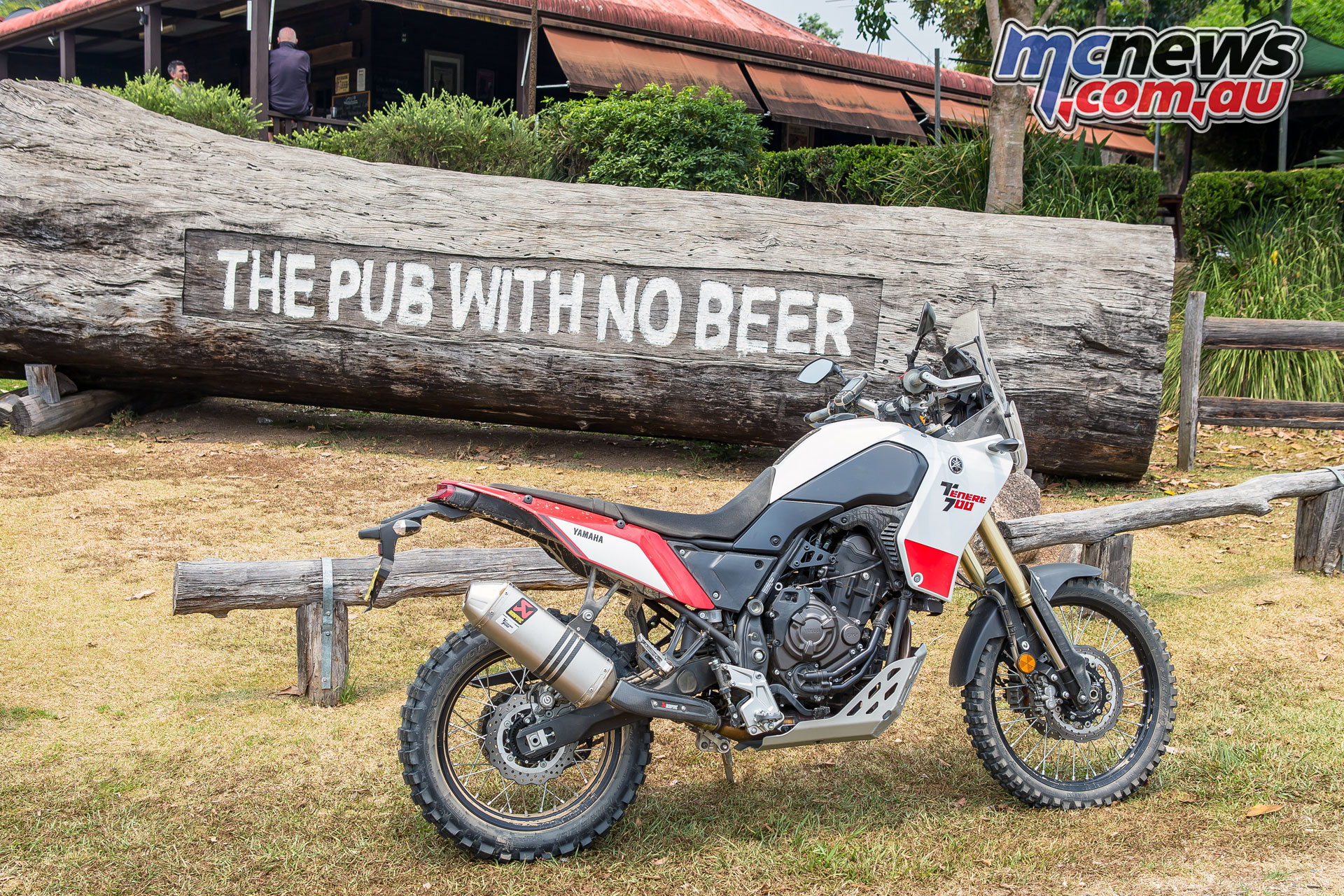
45-year-old Shiraishi-san joined Yamaha after completing a Master’s in engineering at the University of Tokyo in 1999. Thus 2019 marks Shiraishi-san’s 20th year with the marque.
During those two decades Shiraishi-san has been involved with the development of the XT660, as well as the WR250R, and was also involved with the development of the popular MT-07, from which the Tenere 700 receives its powerplant.
Here’s a look at what went on behind the scenes with the development of the Tenere 700 and the decision making processes that evolved as the project took shape.
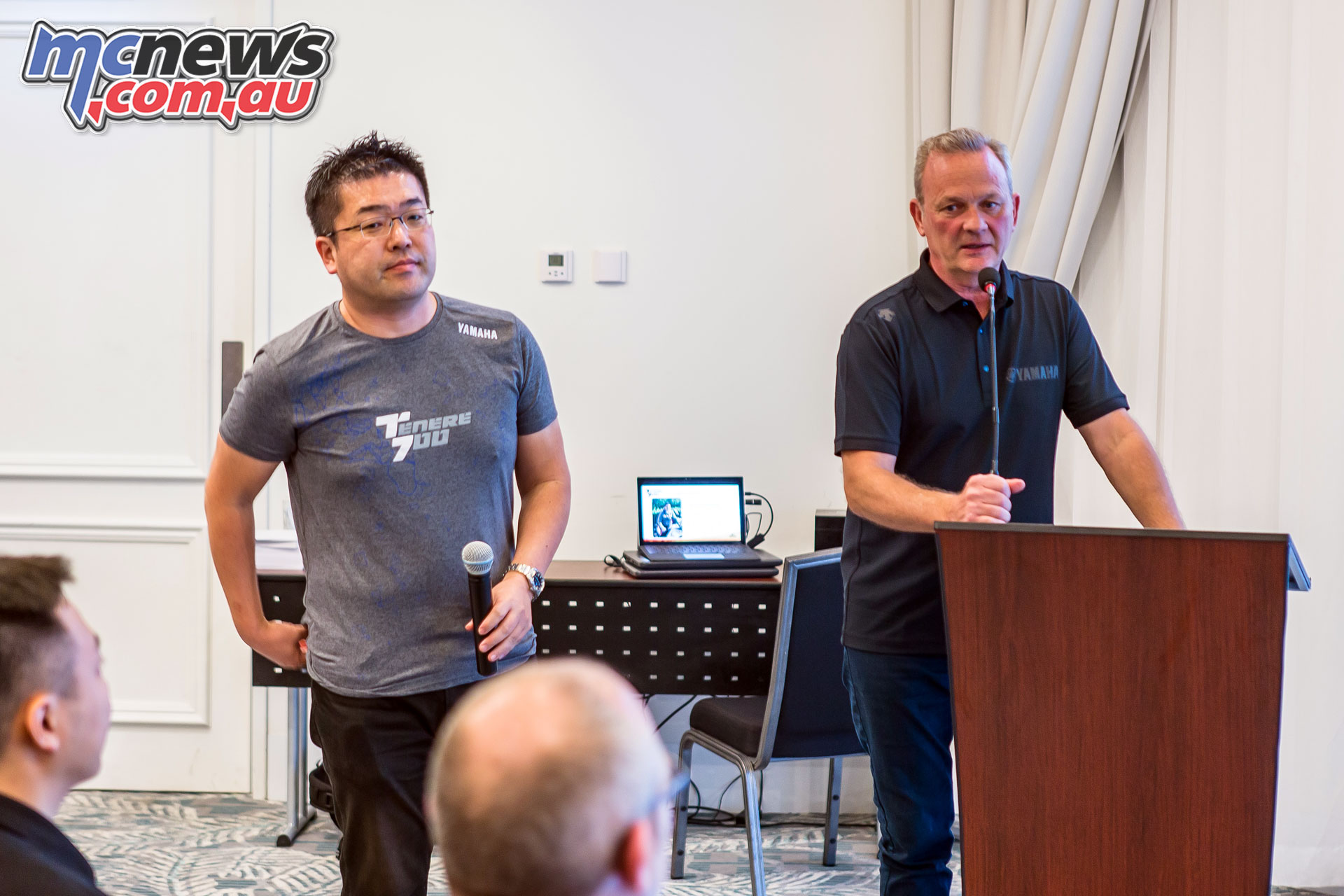
Takushio Shiraishi Interview
Trev: You were the project leader for the Tenere 700, to be blunt, why did Yamaha give you the job?
| Shiraishi-san: I’m not sure, but most probably Yamaha appreciated me from the experience of the off-road bike development. Before Tenere I was involved with the development of the XT660, and also WR250R/X, and I was also involved with the MT-07. So I know well about the engine of the MT-07, and this is my background before starting the Tenere. That’s most probably why Yamaha appreciated my experience. |
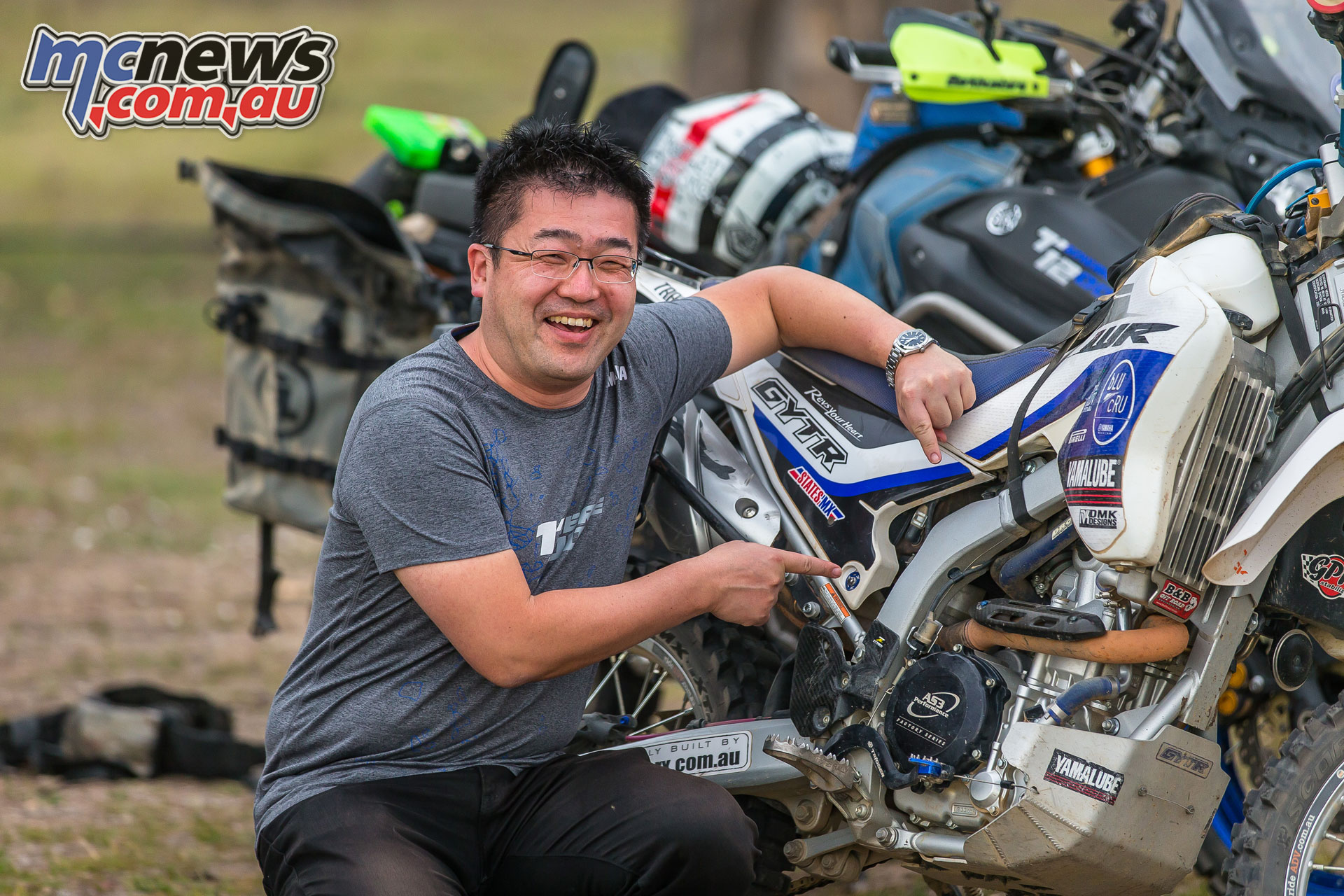
Trev: When the MT-07 was first released here four or five years ago, during the launch, at the very first stop I asked Sean Goldhawk ‘when is the adventure bike was coming..?’ As the engine seemed to lend itself to that application, was the engine originally designed with adventure envisaged in its future?
| Shiraishi-san: Honestly speaking, no. At the beginning of MT-07 development we didn’t consider, but at the same time we already noticed that this engine is so good during our development on the MT-07, that we then also thought about off-road usage, so at that time we developed some idea to develop an off-road model using the MT-07 engine, because of the character and the torque. |
Trev: It’s EURO5 spec’ in the Tenere 700?
| Shiraishi-san: For the future of course. |
Trev: Can you tell me anything about the technical challenges of meeting Euro5 without Ride-by-Wire? I would imagine that would be quite difficult?
| Shiraishi-san: Honestly speaking no, because the MT-07 engine has very good combustion in the cylinder, so good combustion means good exhaust gas emissions. Of course we have some difficulty, but not so quite difficult. |
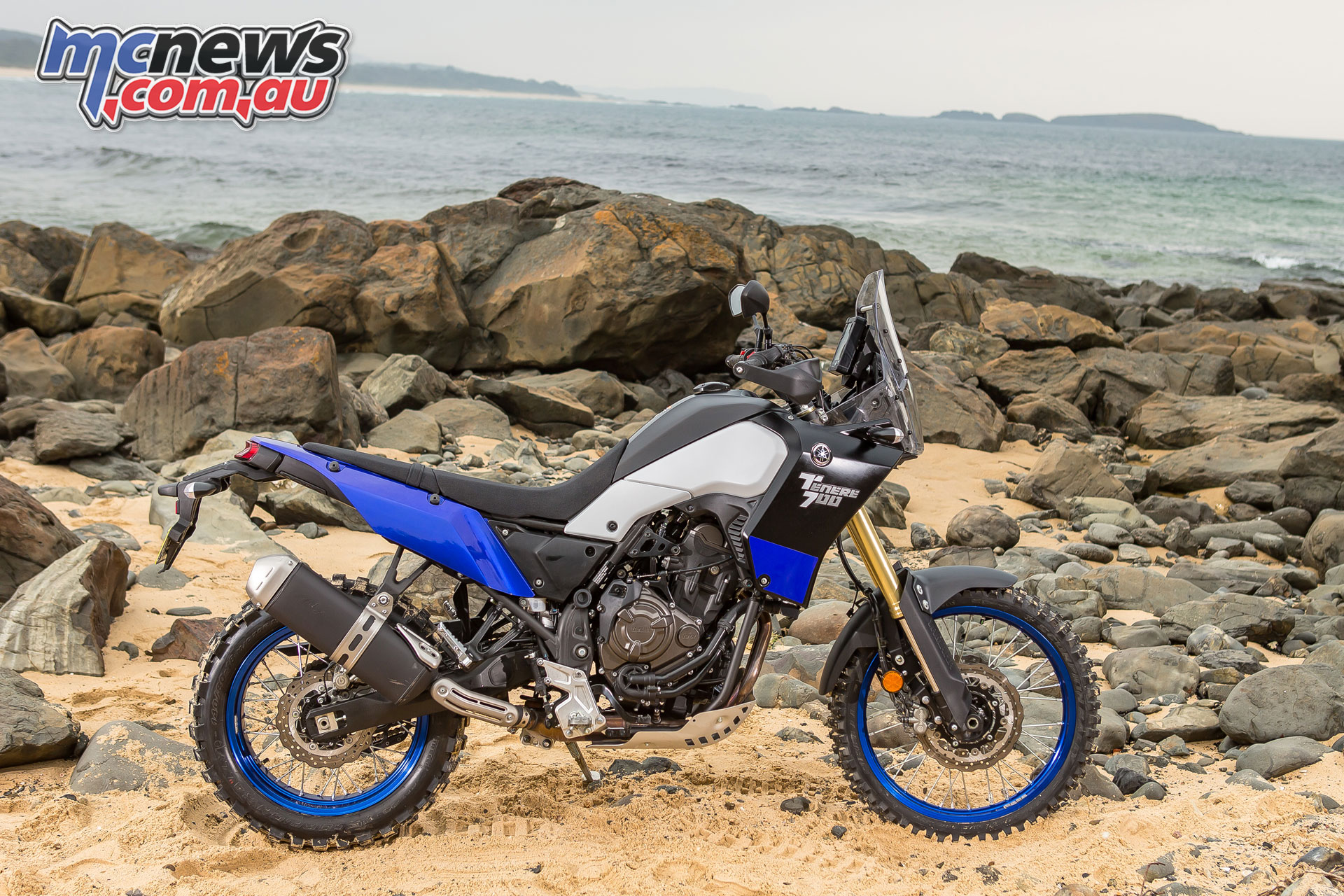
Trev: With EURO5 I believe you have to have an O2 sensor before the cat converter, and one after.
| Shiraishi-san: Something like this I think. |
Trev: So this bike has one cat or two cats?
| Shiraishi-san: Now this spec which you rode is EURO4 spec at this moment. So now the O2 sensor is one, and the catalyst is only one. |
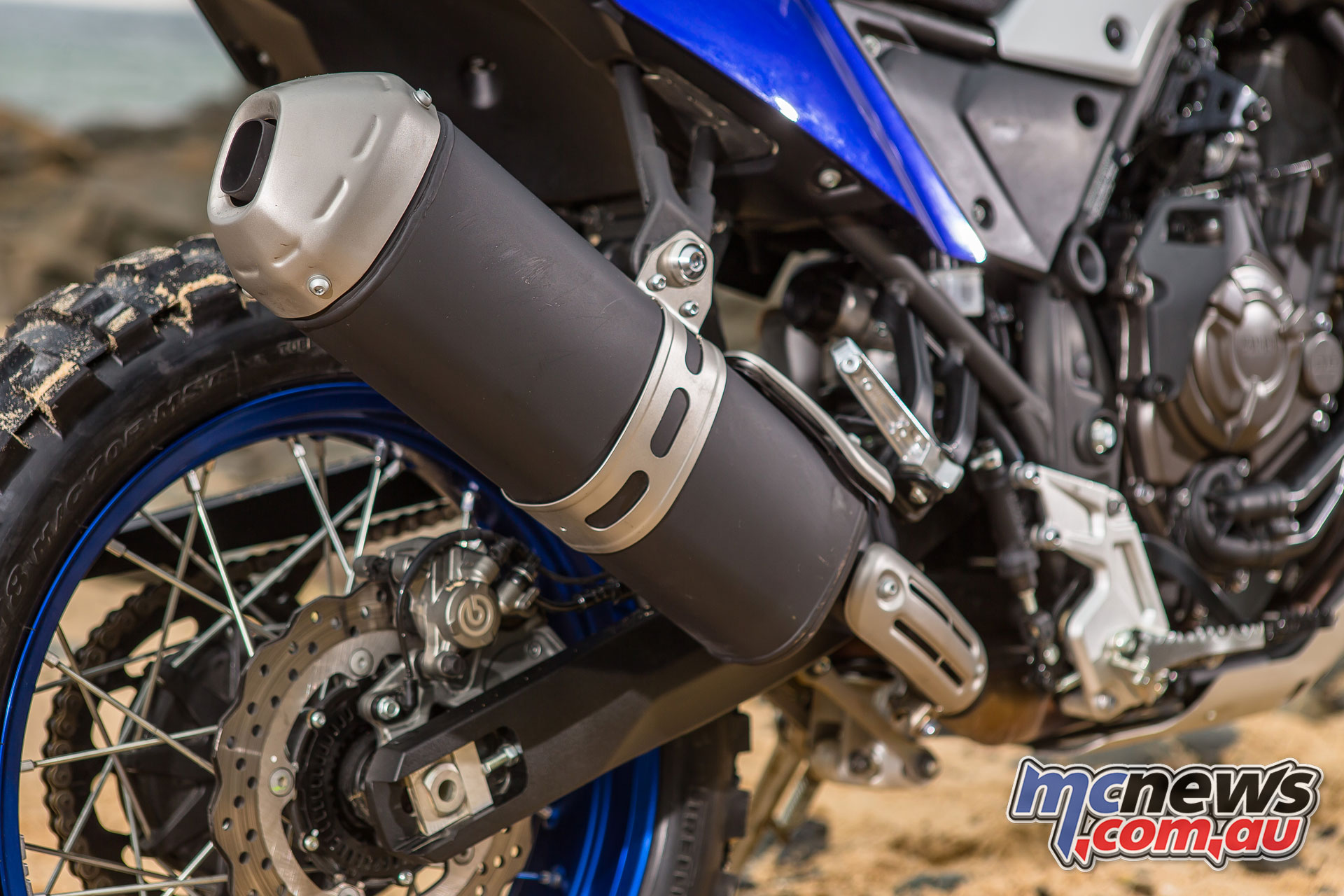
Trev: Do other countries have this EURO4 for now, or have some got the EURO5?
| Shiraishi-san: At this moment our plan is only EURO4 spec at the moment, for the future of course we have a plan to introduce EURO5, but not now. |
Trev: The suspension travel, I guess everything is always a compromise. As we’ve spoken about before, it’s generally only places like the Australian market where people are going to use all the suspension travel, hitting and jumping big erosion banks and the like off-road. Where most people in Europe would probably only ride them on-road, due to the severe restrictions placed on off-road pursuits in many countries. I suppose the 200-210 mm of suspension travel was the compromise between the two, to retain a relatively low seat height, but also give us a fair bit of ground clearance. How long did it take to arrive at that sort of base figure, that you then had to tune the suspension for.
| Shiraishi-san: To decide the final specification with this suspension strokes and seat height, we spent a lot of time. Because the balance between the seat height and the shock absorption is very difficult to define, and finding the good balancing point and ability. And the accessibility for many riders, so we took a long time for this. |
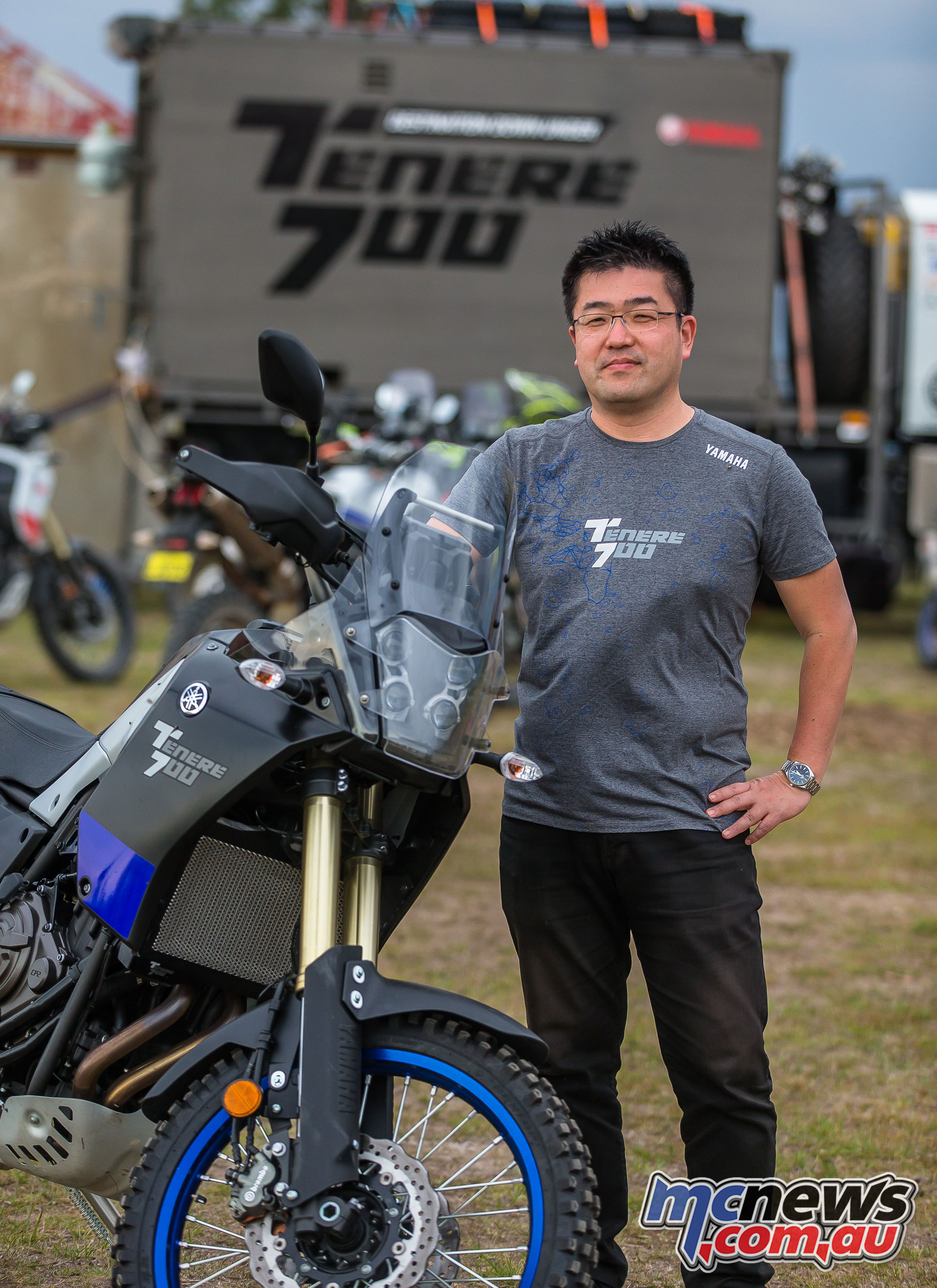
Trev: This bike is somewhat purposefully basic in regards to electronics, no ride-by-wire, no cruise, no traction control, no rider modes, I presume the ABS is not lean angle sensitive.
| Shiraishi-san: No. |
(Ed’s note: There is also of course the very important factors regarding development/production costs and lead times. Overall, it is fair to say that Yamaha really wanted to bring this machine to market at a very competitive price point, while still retaining good margins in the motorcycle for both HQ, the respective global distributors and the selling dealers).
Trev: So the ABS is either on or off, why not have a middle setting where the ABS is only off on the rear? A medium setting which we see quite often from other brands.
| Shiraishi-san: For example, for this ABS setting, or the variation of the switching off, yes we also discussed a lot about this, of course we understood that some requirements could be in the market, about rear cancelation with only front having ABS active. But our main target was off-road riders so especially I discuss a lot with testing riders, who are very expert off-road riders, and they told me real off-road riders prefer very simple structure, and also that to stop efficiently with good skid the ABS is annoying. That’s why we decided because our target customer, main target, is expert off-road rider, that’s why we decided to cancel both front and rear, to give the customer a lot of freedom of control. That’s why also we carefully created the specifications of the brakes to have much more controllability by the rider. |

Trev: I think you’ve done quite a good job there, a good twin-disc front end, it has a progressive feel. The ABS is not too bad off-road, as in for most of this riding so far this week you didn’t really need to turn ABS off when on rough terrain off-road. One little scenario here and there you might prefer it off, but overall the ABS still cycles fast enough to still be useful to most riders. Not everyone will need to turn the ABS off to go off-roading, and most certainly riders of lesser experience levels would still be wise to leave the system on.
| Shiraishi-san: Yes, thanks to our ABS engineer, I cannot say we have the best system and tuning of the system in the market, but we could achieve enough sufficient braking power even with the ABS on, off-road. And I would like to say this, the engineer responsible died one year ago due to a racing accident, but I would like to say thank you to him. |
Trev: He did a good job. Condolences on the loss of your team member.
Trev: The instrumentation, it seems to be mounted on some sort of shock absorption system?
| Shiraishi-san: Yes. |
Trev: Obviously that’s to ensure it lasts for longevity. It works quite well, the screen got very very dusty where we’ve been riding, because the drought conditions are truly horrendous, which made the screen a little hard to see at times. With adventure bike riding you need to keep an eye on your fuel, especially in Australia, as it’s a big place with lots of very remote locations. The fuel gauge seems to go down to one bar when you still have up to 150 km of range to go, then when the tank gets down a little bit further a trip meter starts to count up. Some of the Yamaha Australia guys say they still have a 100-120km range when the fuel trip starts. I would much prefer that when the counter starts it counts down, and lets me know how much range I have remaining. I think a range to empty indicator would have been very useful. Is there a reason why we don’t have one?
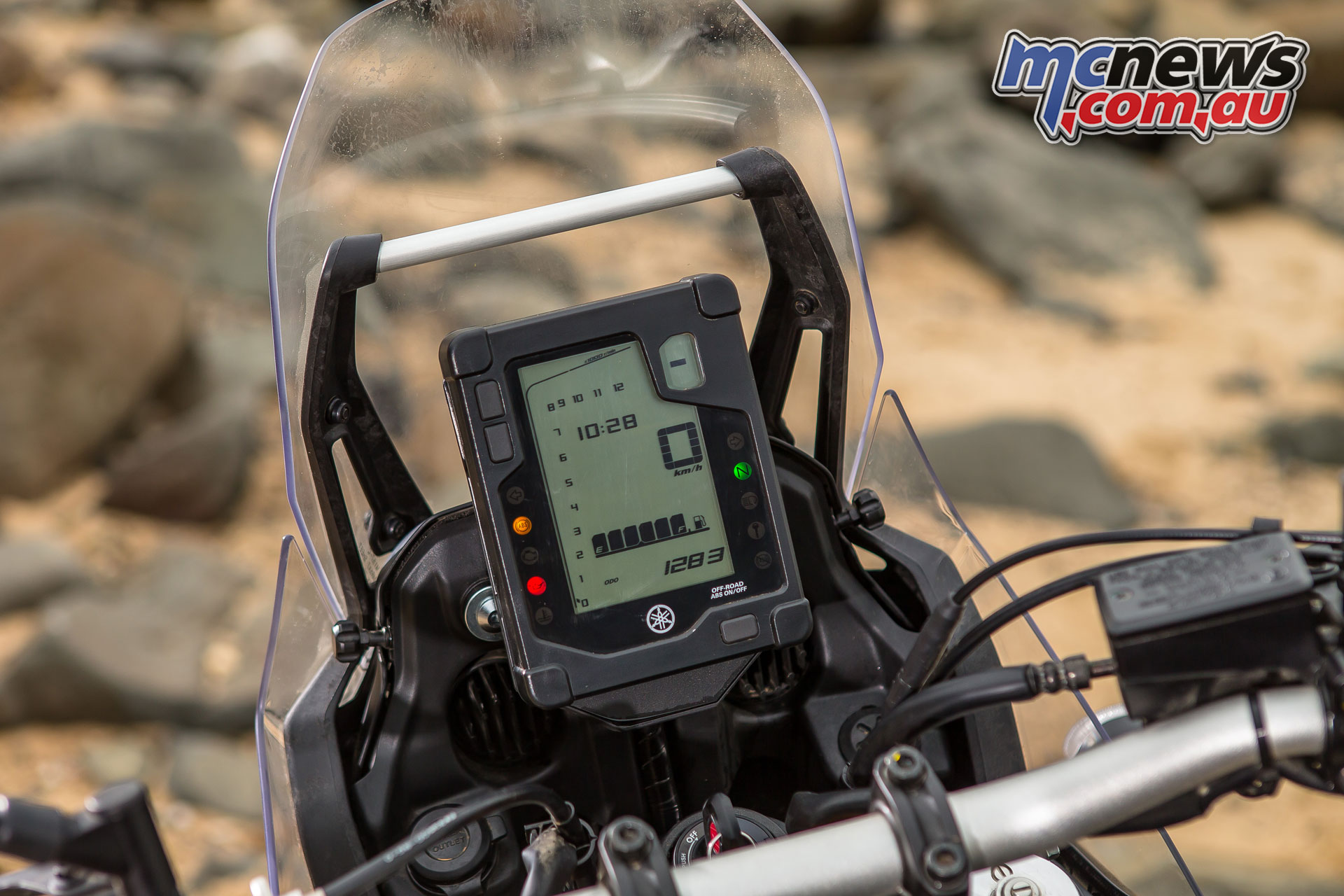
| Shiraishi-san: Technically we can do it, also we discussed about it, and we just followed the normal way of Yamaha dash indicators. But at the same time we understand that this kind of feature could be very useful and helpful for riders. We can consider for the future, improvement as for this kind of feature. |
Trev: Would something like that be implementable as a software update for first generation models? Could that possibly be something a Yamaha dealer could retrofit to someone who buys one of these bikes early on in the piece?
| Shiraishi-san: It’s an interesting idea, normally we have not done like this, but maybe it can be considered. It’s an interesting idea. |
Trev: And most of the testing and development was done in Europe is that correct?
| Shiraishi-san: Yes. |
Trev: And it was done between France and Italy, is that correct?
| Shiraishi-san: Not exactly, most only in Italy, but we also used the test course in the South of Italy where there is one test course owned by Porsche called Nardò Test Course, and here we had many kinds of off-road course, so we tested there for example one test course, called African World. From the outside it’s nice to see, but if you see the riding it’s really amazing, with a massive off-road test course with all conditions, was very useful for us. |
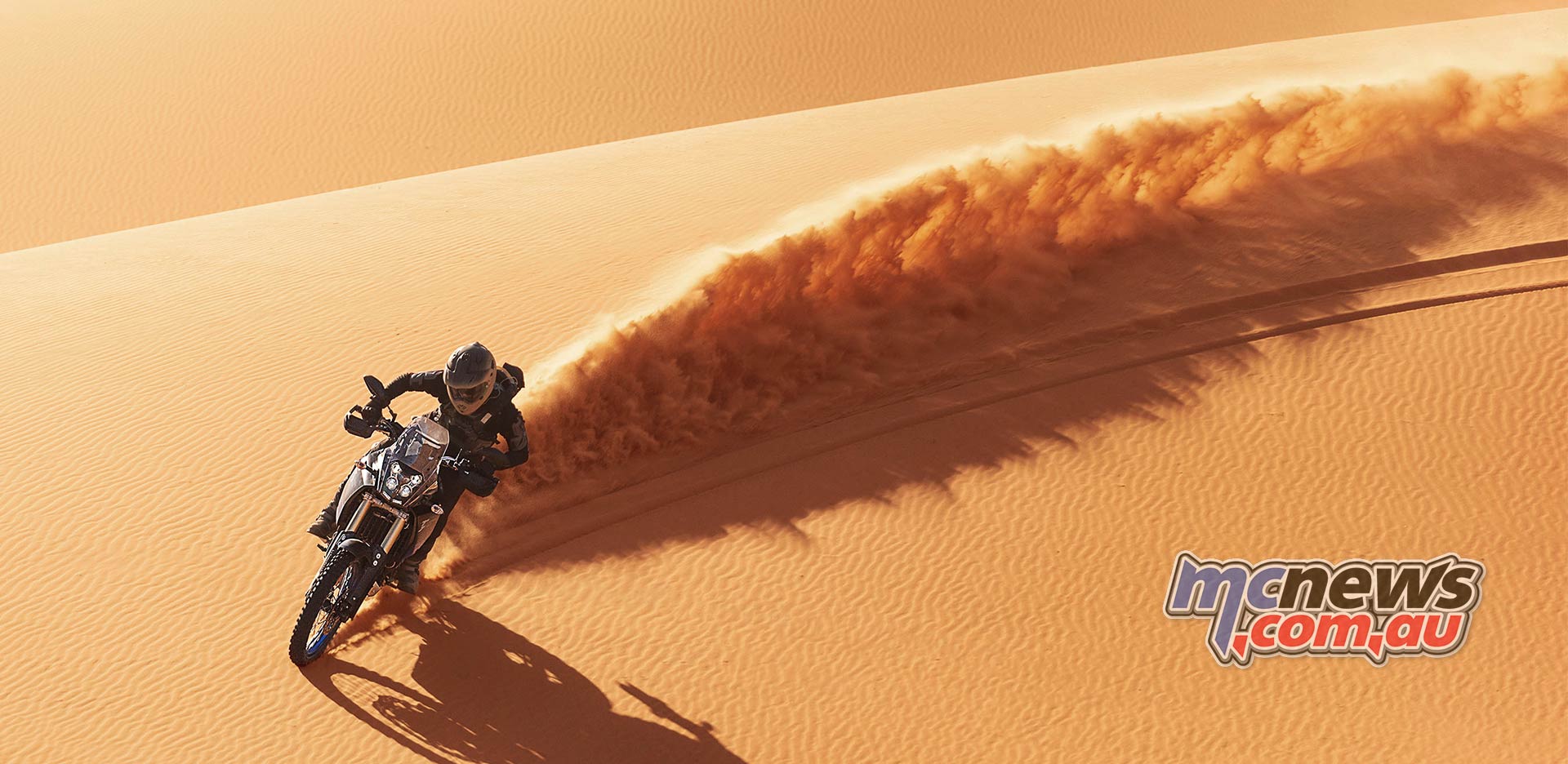
Trev: You were based in Europe throughout the development process?
| Shiraishi-san: Yes. |
Trev: How big was your team of engineers from Japan that were based with you in Europe? It must present some challenges doing the development in Europe when the main manufacturing arm is located, along with most Yamaha engineers being located back in Japan. How were those challenges overcome?
| Shiraishi-san: Of course we needed a lot of communication between Italy and Japan, and sometimes for example the email information exchanged created a lot of confusion and misunderstandings, so finally we decided to have periodical Skype meetings and also periodically visited each other to have direct communication, especially on the ABS and engine development, which were mainly developed in Japan. So we visited each other very frequently, and that’s why we say by meeting directly we could establish something, good communication. |
Trev: So job done now for Tenere 700 for you. What next?
| Shiraishi-san: Personally I’m not sure, I’d like to have a wider view for the developments of Yamaha, especially for the off-road categories, and as for the new development, maybe based on this bike, we are waiting for the customers and the market feedback to be confident to start anew. |
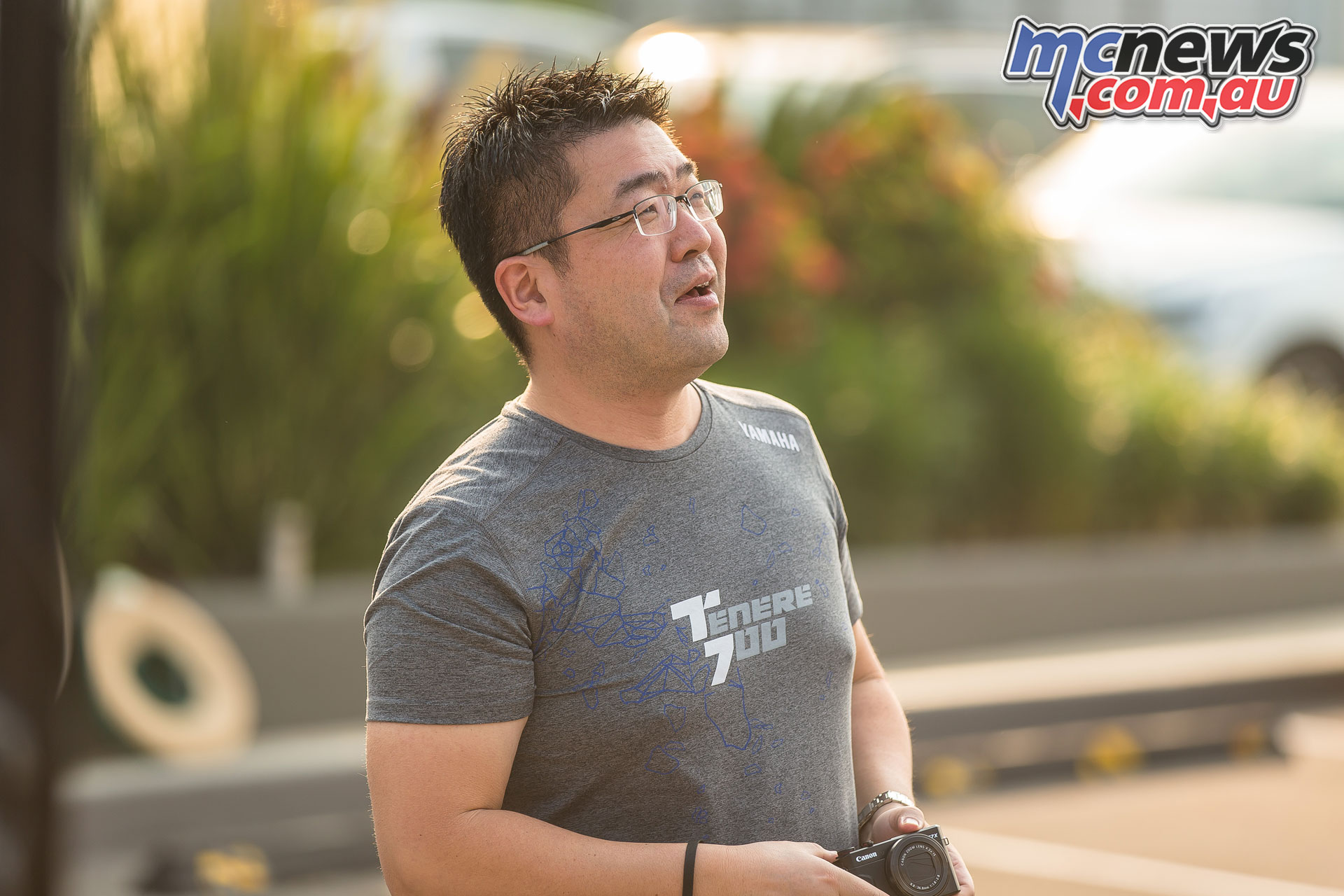
Trev: To make a longer travel, more serious Tenere 700, maybe?
| Shiraishi-san: Maybe. |
Trev: If you’re still going to be involved, intrinsically with Yamaha’s off-road development and range of models, I would imagine you would be visiting us a little more often. Australia is a very small market generally, but a big market for WR and bikes likes the Tenere. Australia is the world’s best customer for the WR450 and WR250F, I think?
| Shiraishi-san: Yes, that’s why I’d like to visit again, Australia and maybe New Zealand to understand more the customers and the market, also today I visited some dealers and also farms. |
Trev: I did hear you’d been checking out some Ag bikes.
| Shiraishi-san: I feel that the Ag is really legendary bike, survive with no maintenance for a long time and be very practical. |
Trev: Farmers are generally very bad at maintenance *laughs*.
| Shiraishi-san: But it’s very nice while here to see the real users on the AGs, really impressive for me, how they use theirs individually; imagination on its own is not good for understanding the reality for us, so the experience was very enlightening. |
Trev: Thanks very much for joining us on the launch, perhaps next time we’ll get you out on the motorcycle with us.
| Shiraishi-san: Thank you. |
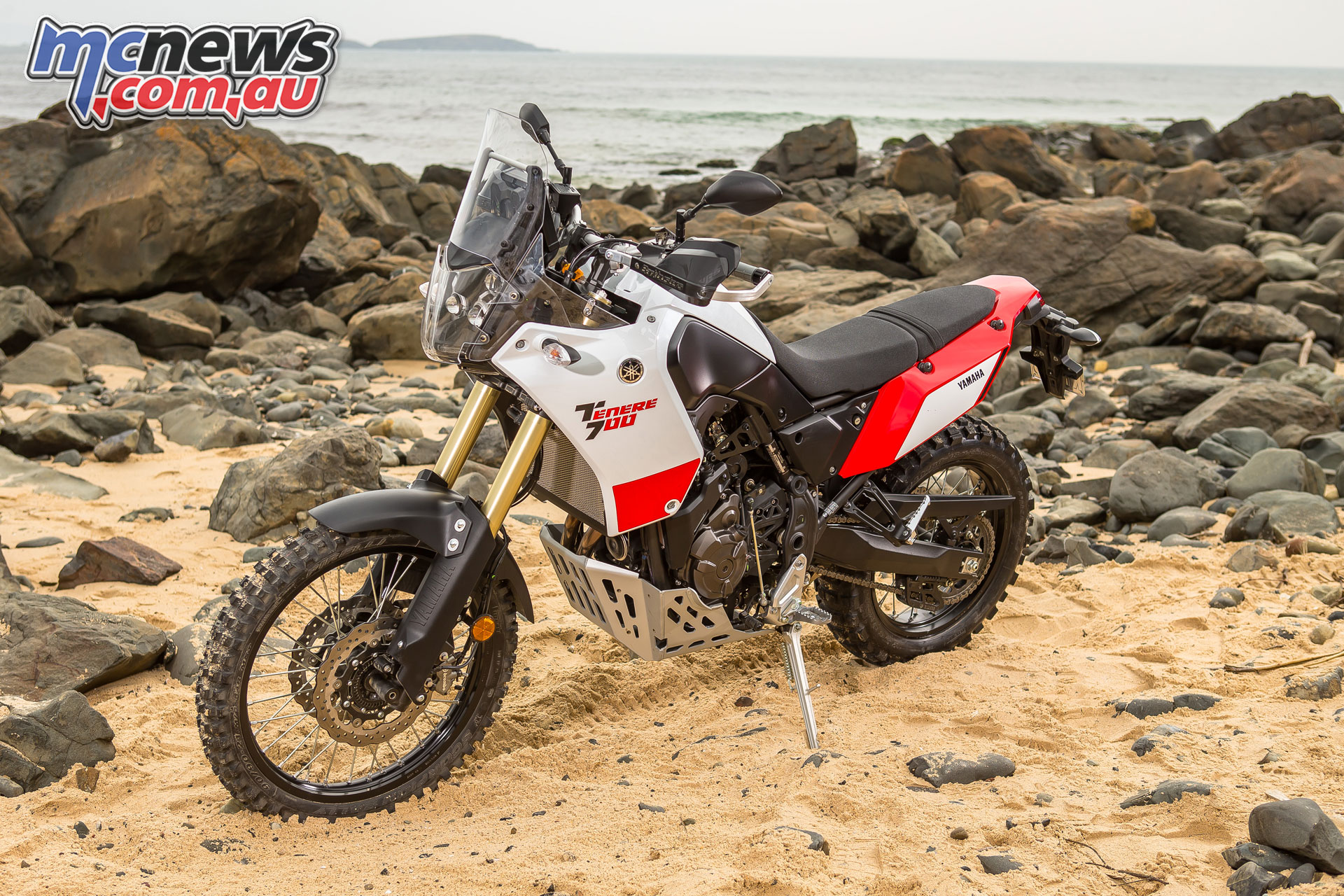
The wait for the eagerly anticipated Yamaha Tenere 700 is almost over, and with more than 350 already spoken for the bike might debut near the top of the adventure-touring sales charts for 2019 despite being only on sale for a single month of the calendar year.























